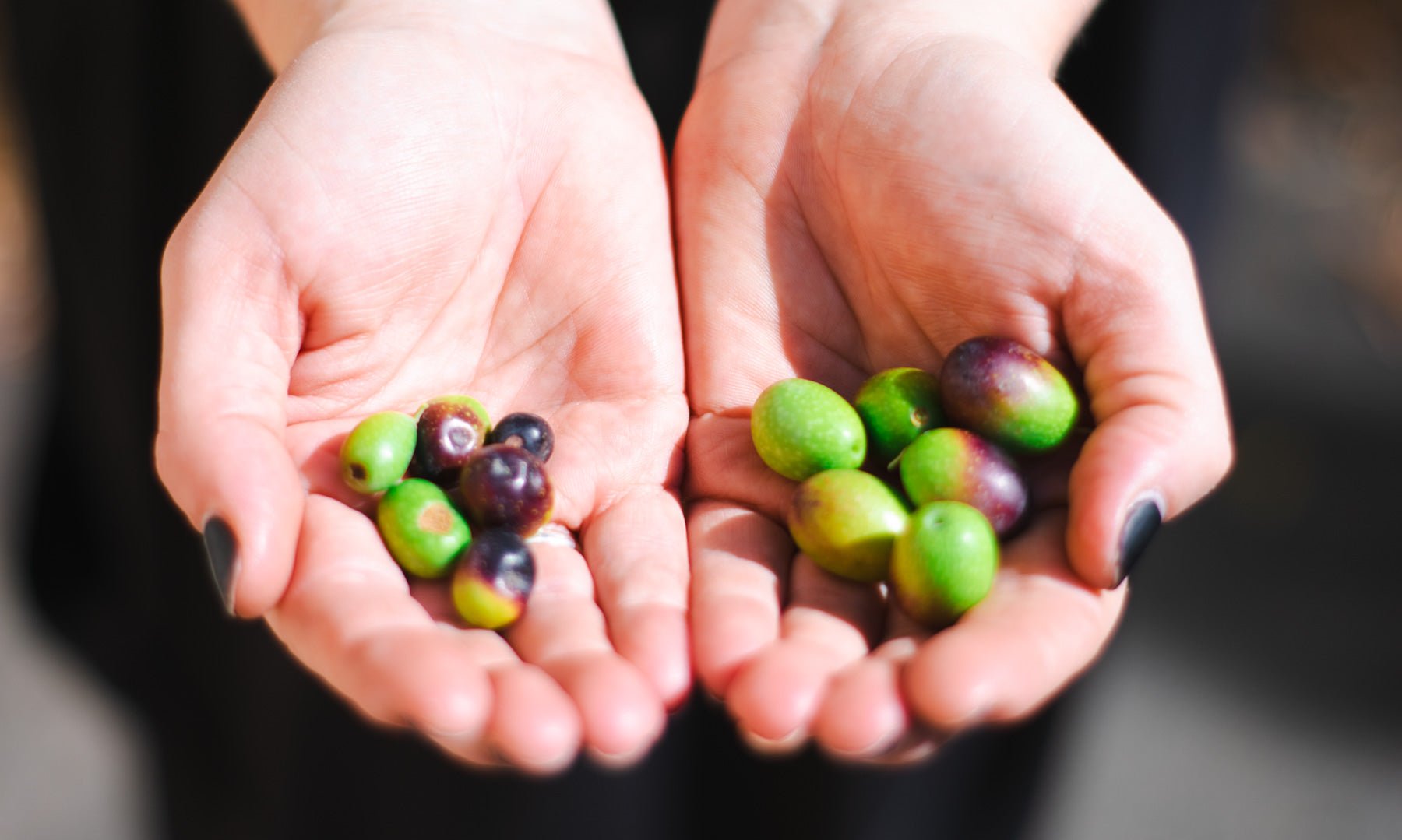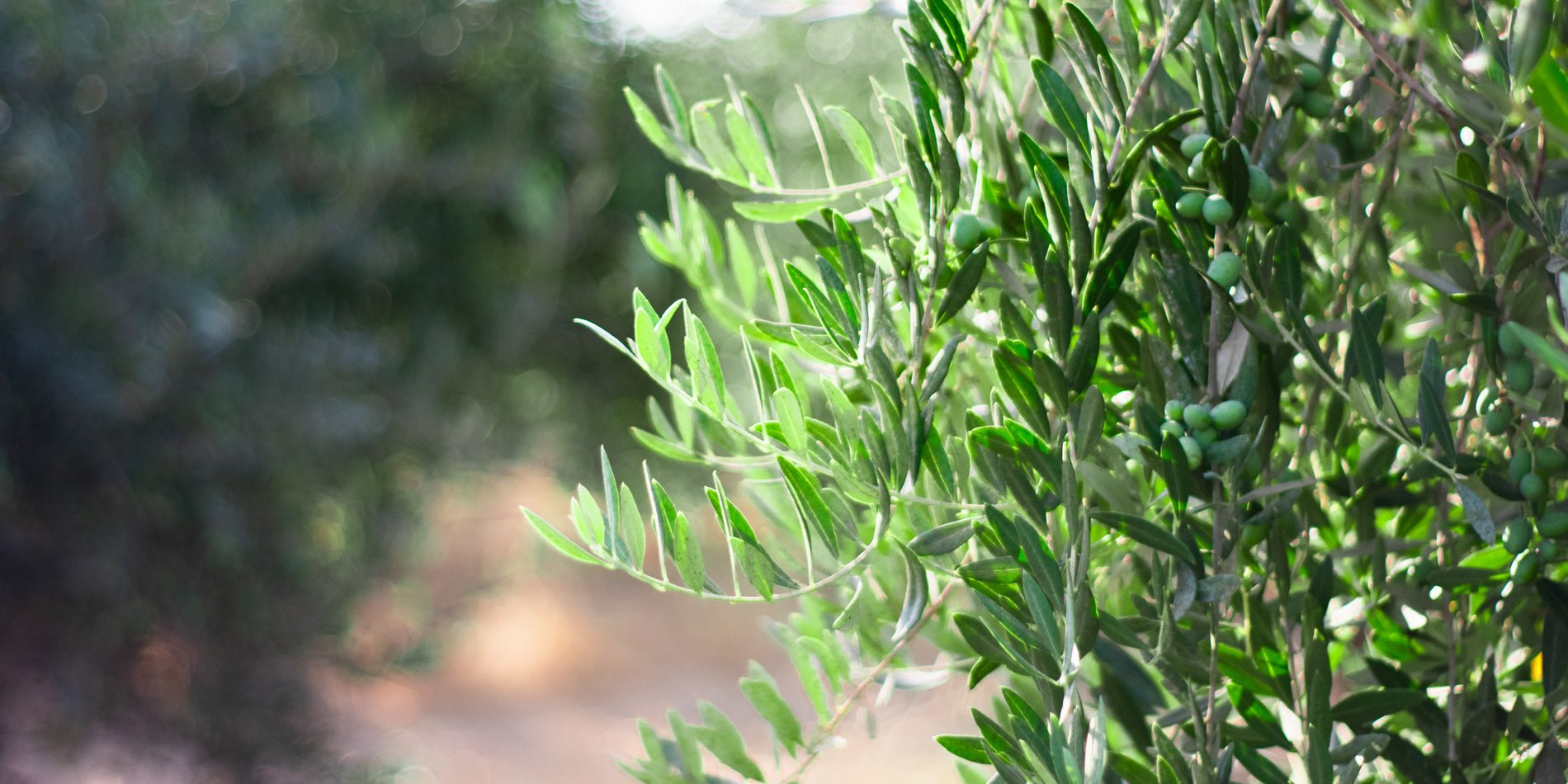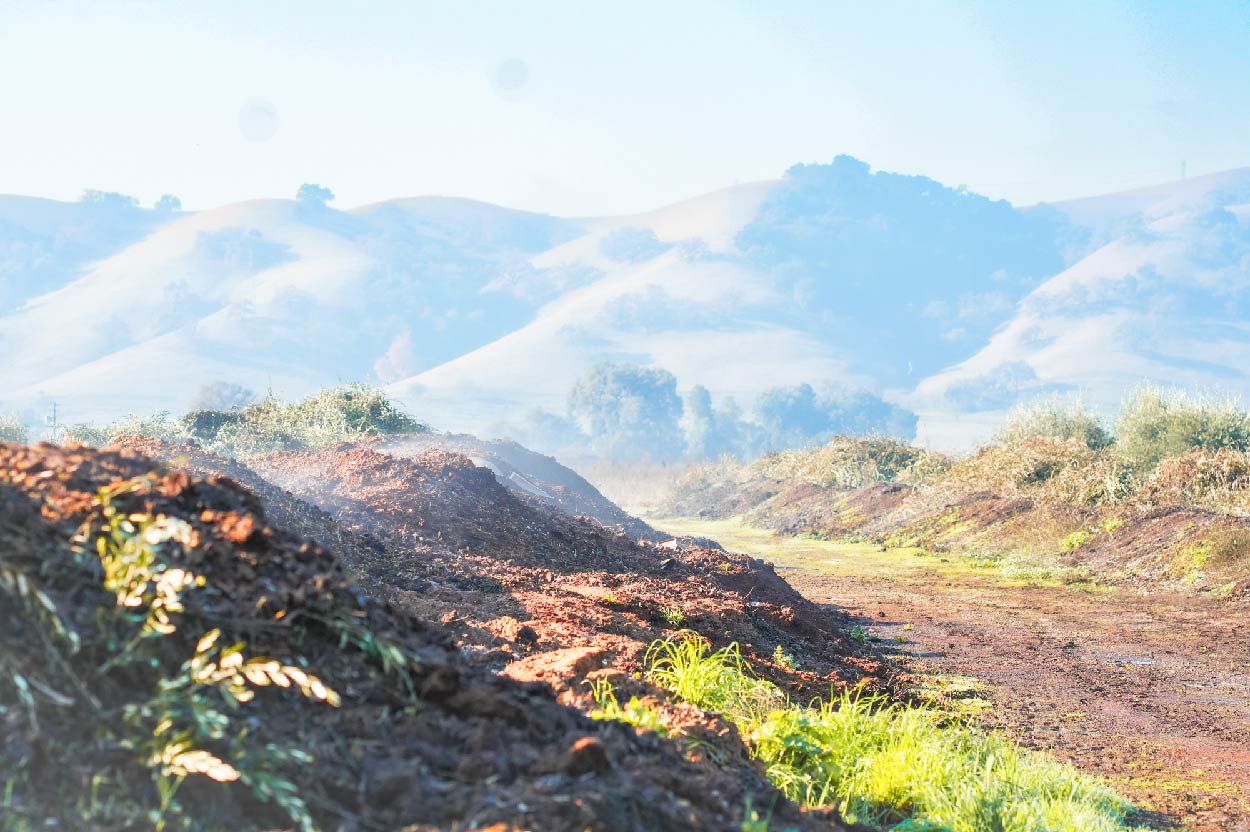Can I use Olive Oil Instead Of Vegetable Oil
If you're cooking at home and thinking about swapping vegetable oil for olive oil, you're not alone. I’ve done a lot of thinking on this myself. There are a few good reasons to reach for olive oil instead of vegetable oil, and they go beyond just the flavor.
Table of Content
Flavor First: Cooking with Character
First, let’s talk taste. Vegetable oil is fine if you just need to get some fat into a dish and don’t want it to taste like much. But sometimes you want more than that, you want depth. Olive oil, especially a good one, brings layers: grassy, peppery, fruity, sometimes even a bit bitter. You’re not just cooking with fat, you’re cooking with flavor.

Olive Oil and Health Benefits
Then there’s the health side of things. Olive oil is high in monounsaturated fats, which are great. Vegetable oils tend to have more polyunsaturated fats, which can oxidize more easily, especially under heat, and form reactive oxygen species. That’s not great. Olive oil also gives you polyphenols, which are beneficial plant compounds, along with vitamin E and squalene. So yeah, if you’re going to be adding calories anyway, might as well get something good out of it.
- Rich in heart-healthy monounsaturated fats
High in polyphenols (antioxidants)
Supports cardiovascular health
Anti-inflammatory properties
Promotes brain health
Supports metabolic function
May reduce cancer risk
Gut microbiome support
Protects against oxidative damage
Promotes healthy skin and joints

Get started with higher quality fats today!
When to Use Neutral Oils Instead
That said, there are a few places where I wouldn’t use olive oil. If you’re making something like mayonnaise or a creamy dressing and you use a super peppery, high-polyphenol olive oil, it might go bitter on you. A neutral oil works better there, clean, bright, nothing overpowering. You could try using a ripe, late-harvest olive oil for mayo if you want a softer, more savory flavor, but even then, you’ve got to be careful.
Further Readings
→ Learn more about high polyphenol olive oil
→ Read up on the health benefits of polyphenol rich olive oil.
→ Shop for Cold Pressed Olive Oil.
What About Oil Blends?
Now, blends, personally, I don’t buy blended olive oils. You usually don’t know what’s in them, and if you’re paying a premium, you want to make sure it’s not just bulk filler oil. What I do instead is blend at home when I need to. I’ll use a nice canola or refined coconut oil to mellow something out, add richness, and keep it neutral. That way, I can still use olive oil where it shines without overpowering the dish.
Choosing Other Oils with Purpose
Speaking of those other oils, when I use canola, I want it to be neutral. Canola comes from rapeseed, a relative of mustard and broccoli, and sometimes it has these sulfur-y, fishy flavors. Obviously, you don’t want that. Refined coconut oil is another one I’ll reach for, it’s very stable, since it’s saturated fat, and it doesn’t oxidize easily. I try to find organic and, when I can, regenerative organic certified. Dr. Bronner’s has a good one I’ve used. I also like the virgin coconut oil for Thai food, gives it that really nice aromatic coconut flavor.
Where to Start if You're New to Olive Oil
If someone’s just starting out cooking with better oils, I’d say start with salad. A good head of lettuce, washed yourself so it’s crisp, then a simple dressing with olive oil and vinegar. I like a little garlic and mustard in there too. No need for store-bought dressing, just good ingredients.
If you’re looking for health benefits, olive oil is a really great ingredient in baking. I have been working on an olive oil cake recipe and it produces a delightful delicate texture. I have actually been trying to produce a cake that has a pronounced olive oil flavor and found it to be extremely difficult, even with our robust, organic extra virgin olive oil.So if you see a recipe for brownies, or some other treat that uses olive oil and are worried about the flavor being too strong, go for it! You will probably find that the olive oil

How to Find Good Olive Oil
As for finding good olive oil, look for transparency. The best thing you can do is buy directly from the producer. They should say what olives they used, when they were milled, how the oil was stored. If that’s not an option, look for something certified by the California Olive Oil Council, there’s a seal that means it’s been lab-tested and tasted by a panel. That’s a great start.
Beyond that, there are a couple of key indicators that an oil is good. First, the best indication of freshness is a harvest date. If you see that, you probably have a good idea of how fresh the oil is. If not, most oils will have a best by date. These are a little more subjective, but as a rule of thumb, most oils will be considered “best by” two years from harvest.
Then, you can think about origin. All countries with a mediterranean climate can produce fantastic oil, so it’s difficult to say “italian oil is the best” or “don’t ever use oil from Spain” as there are award winning oil produced the world around. What you can see is if an oil is from a single country, or if it was blended from different origins. When you start blending oils, things get a little murky - you won’t know which oils were fresh when they were added and which were a little suspect.
At the end of the day, you should go by taste. Green, grassy, pungent, early harvest oils are prized for their flavor and polyphenol levels, but later harvested oils can make delicious as well. If you’re concerned about rancidity, you can always give the oil a sniff test - rancid oils often have an aroma similar to crayons, which will be a dead giveaway that the oil has turned. Old olive oil won’t kill you (there’s no water in it, so it can’t harbor bacteria) but oxidized oils aren’t great for your health so it’s best to save that for seasoning your cast iron or oiling boots.
When Olive Oil Really Shines
And if you’re wondering where olive oil really shines? Pretty much any sautéed vegetable. I use it in the pan and then finish with a drizzle on top. It’s great for almost any Western-style veg dish. You want to go exotic? Sure, maybe try something else. But if you’re going for fresh, seasonal, and simple? Olive oil’s your best friend.
So Can I Use Olive Oil Instead Of Vegetable Oil?
So yes, you can absolutely use olive oil instead of vegetable oil. Just know what you’re working with, and make it work for you.






